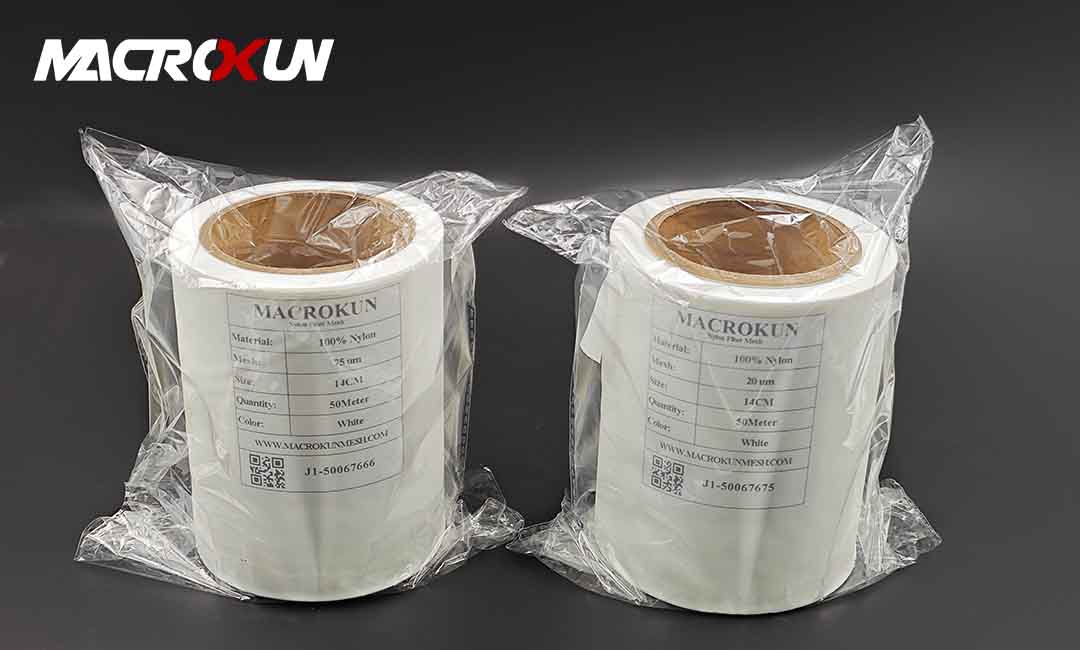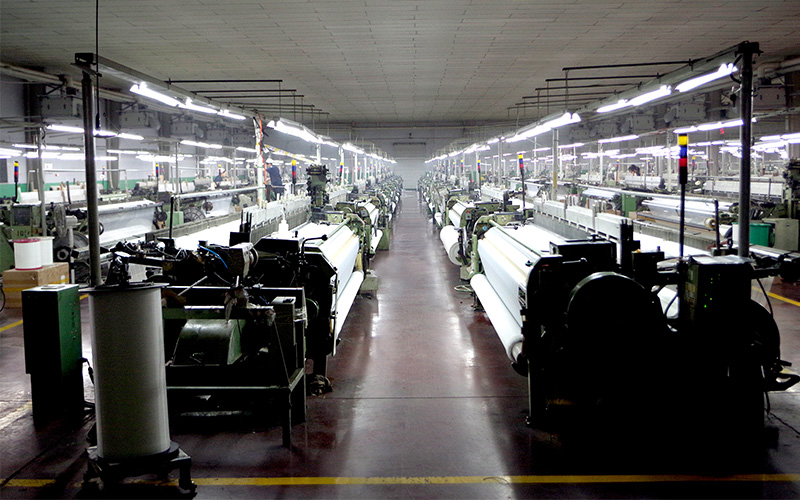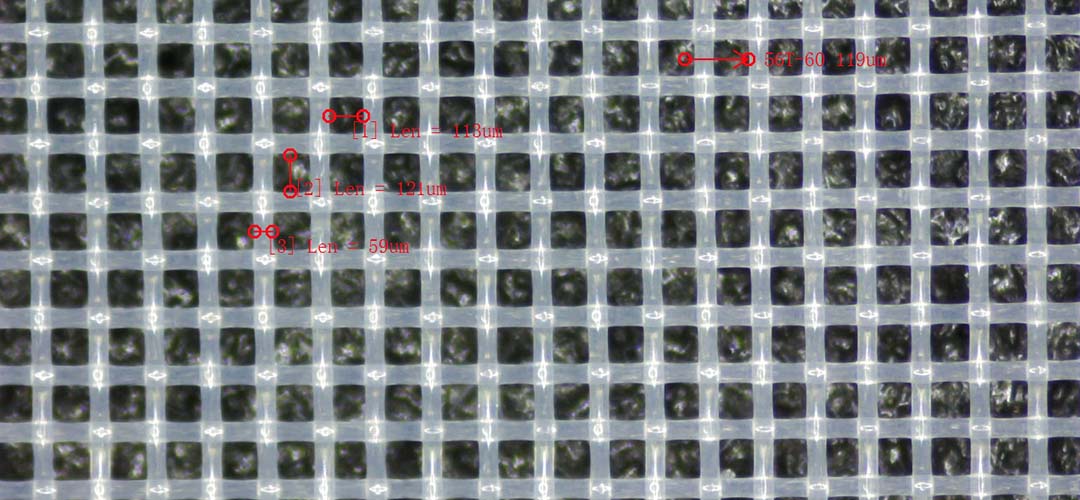Table of Contents
Benefits of Using High-Efficiency 100 Micron Strainers
High-efficiency 100 micron strainers are an essential component in many industries, providing a reliable solution for filtering out unwanted particles and ensuring clean and clear outputs. These strainers are designed to effectively remove debris, dirt, and other contaminants from liquids, gases, and other substances, making them an indispensable tool for maintaining the quality and integrity of products and processes.
One of the key benefits of using high-efficiency 100 micron strainers is their ability to provide superior filtration performance. With a filtration rating of 100 microns, these strainers are capable of capturing even the smallest particles, ensuring that only clean and pure substances pass through. This level of filtration is crucial in industries such as food and beverage, pharmaceuticals, and water treatment, where product quality and safety are of utmost importance.
In addition to their superior filtration performance, high-efficiency 100 micron strainers are also highly durable and long-lasting. Made from high-quality materials such as stainless steel or brass, these strainers are designed to withstand harsh operating conditions and heavy use, ensuring that they can continue to perform effectively for an extended period of time. This durability not only reduces the need for frequent replacements but also helps to minimize downtime and maintenance costs, making high-efficiency 100 micron strainers a cost-effective solution for businesses.
Furthermore, high-efficiency 100 micron strainers are easy to install and maintain, making them a convenient and user-friendly option for businesses of all sizes. With simple installation procedures and minimal maintenance requirements, these strainers can be quickly integrated into existing systems and workflows, allowing businesses to start benefiting from their superior filtration capabilities without any hassle. This ease of use also helps to improve operational efficiency and productivity, as employees can focus on other tasks knowing that the strainers are effectively filtering out contaminants.
Another advantage of using high-efficiency 100 micron strainers is their versatility and adaptability to a wide range of applications. Whether filtering liquids, gases, or other substances, these strainers can be customized to meet the specific needs and requirements of different industries and processes. From removing impurities in water treatment plants to ensuring the purity of ingredients in food processing facilities, high-efficiency 100 micron strainers offer a flexible and reliable solution for a variety of applications.

In conclusion, high-efficiency 100 micron strainers are an essential tool for businesses looking to maintain clean and clear outputs in their operations. With superior filtration performance, durability, ease of installation and maintenance, and versatility, these strainers offer a range of benefits that can help businesses improve product quality, reduce maintenance costs, and enhance operational efficiency. By investing in high-efficiency 100 micron strainers, businesses can ensure that their processes run smoothly and efficiently, leading to better outcomes and increased customer satisfaction.
How to Choose the Right High-Efficiency 100 micron strainer for Your Needs
When it comes to ensuring clean and clear outputs in your industrial processes, choosing the right high-efficiency 100 micron strainer is crucial. These strainers play a vital role in removing unwanted particles and debris from liquids, ensuring that your equipment operates at peak performance and minimizing the risk of contamination. With so many options available on the market, it can be overwhelming to select the best strainer for your specific needs. In this article, we will discuss the key factors to consider when choosing a high-efficiency 100 micron strainer to help you make an informed decision.
First and foremost, it is essential to consider the material of the strainer. High-quality materials such as stainless steel or brass are ideal for industrial applications as they offer durability and resistance to corrosion. These materials are also easy to clean and maintain, ensuring a longer lifespan for your strainer. Additionally, consider the design of the strainer. Look for a strainer with a robust construction that can withstand high pressures and temperatures, as well as one that is easy to install and operate.
Another important factor to consider is the filtration efficiency of the strainer. A 100 micron strainer is designed to capture particles as small as 100 microns in size, making it ideal for applications where fine filtration is required. However, not all strainers are created equal, so be sure to choose a strainer with a high filtration efficiency to ensure that it effectively removes particles from your liquid stream. Look for strainers with a large surface area and a high flow rate to maximize filtration performance.
In addition to filtration efficiency, it is essential to consider the flow rate of the strainer. A strainer with a high flow rate can handle a larger volume of liquid, making it suitable for high-demand applications. Look for strainers with a low pressure drop to minimize energy consumption and ensure smooth operation. Additionally, consider the size of the strainer inlet and outlet to ensure compatibility with your existing piping system.

When choosing a high-efficiency 100 micron strainer, it is also important to consider the maintenance requirements. Look for a strainer that is easy to clean and maintain, with quick access to the filter element for routine inspections and replacements. Consider strainers with a self-cleaning mechanism or automatic backwashing feature to reduce downtime and ensure continuous operation.
Finally, consider the cost of the strainer. While it may be tempting to opt for a cheaper option, investing in a high-quality strainer will pay off in the long run by reducing maintenance costs and minimizing the risk of equipment failure. Look for strainers from reputable manufacturers that offer warranties and technical support to ensure peace of mind.
In conclusion, choosing the right high-efficiency 100 micron strainer is essential for ensuring clean and clear outputs in your industrial processes. Consider factors such as material, design, filtration efficiency, flow rate, maintenance requirements, and cost when selecting a strainer for your specific needs. By making an informed decision, you can maximize the performance of your equipment and minimize the risk of contamination.
Maintenance Tips for Keeping High-Efficiency 100 Micron Strainers Clean and Clear
High-efficiency 100 micron strainers are essential components in many industrial processes, ensuring that unwanted particles and debris are filtered out to produce clean and clear outputs. These strainers play a crucial role in maintaining the quality and efficiency of equipment and machinery, preventing clogs and damage that can lead to costly downtime and repairs. To ensure that high-efficiency 100 micron strainers continue to perform at their best, regular maintenance is key.
One of the most important maintenance tasks for high-efficiency 100 micron strainers is keeping them clean and clear of debris. Over time, particles and contaminants can build up on the strainer, reducing its effectiveness and potentially causing blockages. Regular cleaning is essential to prevent these issues and ensure that the strainer continues to operate efficiently.
When cleaning high-efficiency 100 micron strainers, it is important to use the right tools and techniques to avoid damaging the strainer or compromising its performance. Start by shutting off the flow of liquid through the strainer and removing it from the system. Use a soft brush or cloth to gently scrub away any debris that has accumulated on the strainer, being careful not to scratch or damage the mesh. For stubborn build-up, a mild detergent or cleaning solution can be used, but be sure to rinse the strainer thoroughly to remove any residue.
In addition to regular cleaning, it is also important to inspect high-efficiency 100 micron strainers regularly for signs of wear or damage. Check the mesh for tears or holes that could allow particles to pass through, compromising the strainer’s effectiveness. Inspect the housing for cracks or leaks that could indicate a problem with the strainer’s integrity. If any issues are found, it is important to address them promptly to prevent further damage and ensure the continued performance of the strainer.
Another important maintenance tip for high-efficiency 100 micron strainers is to replace them as needed. Over time, the mesh on the strainer can become worn or damaged, reducing its effectiveness and allowing particles to pass through. If cleaning and inspection reveal significant wear or damage, it may be time to replace the strainer to ensure that your equipment continues to operate at its best.

Proper installation and positioning of high-efficiency 100 micron strainers is also crucial for maintaining their effectiveness. Make sure that the strainer is installed in the correct orientation and that it is securely fastened to prevent leaks or movement that could compromise its performance. Position the strainer in a location that allows for easy access for cleaning and maintenance, and ensure that it is properly sized for the flow rate and pressure of the system.
By following these maintenance tips, you can ensure that your high-efficiency 100 micron strainers continue to provide clean and clear outputs, protecting your equipment and machinery from damage and ensuring the efficiency of your processes. Regular cleaning, inspection, and replacement as needed will help to extend the life of your strainers and keep your operations running smoothly. Remember, a well-maintained strainer is a key component in achieving optimal performance and productivity in your industrial processes.




